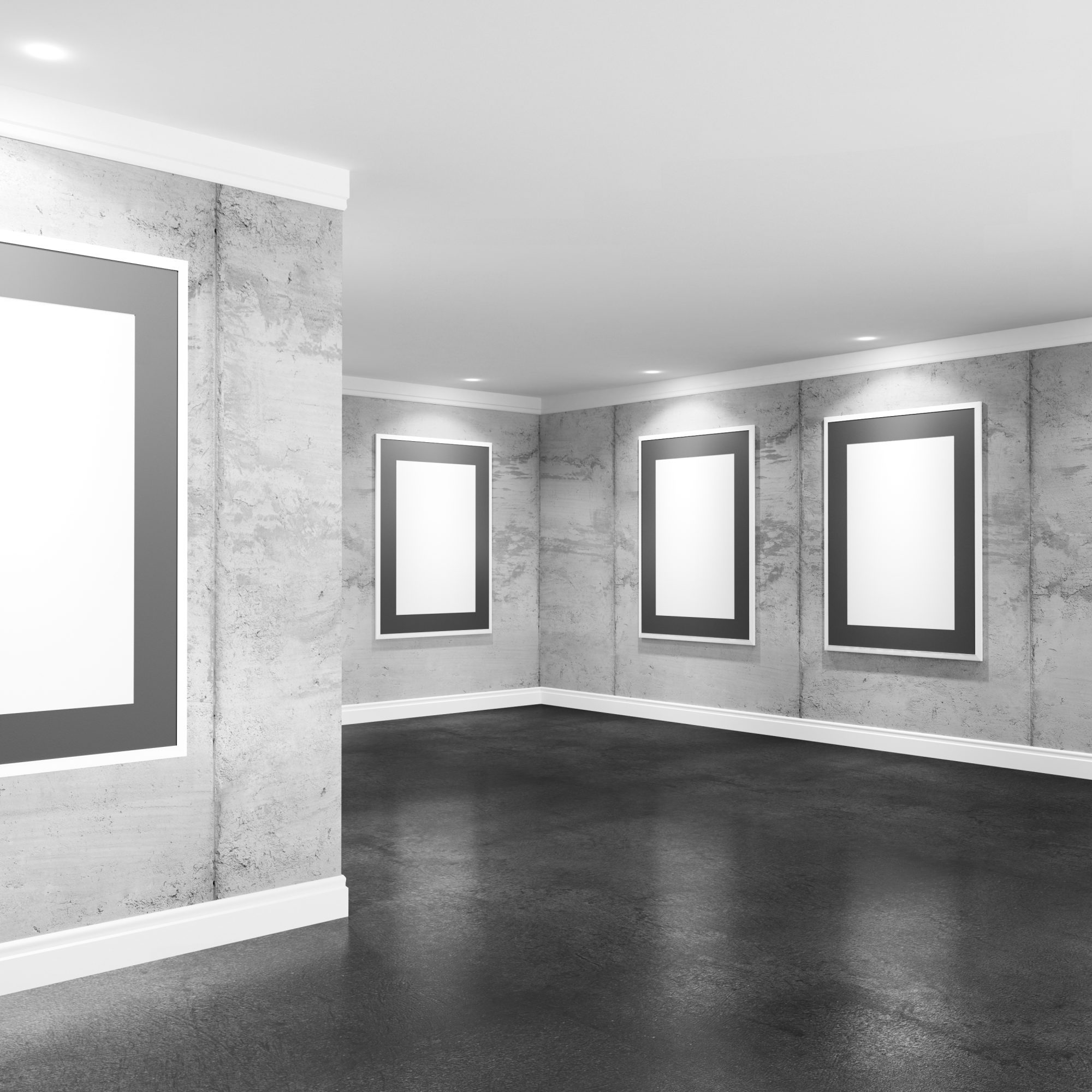Ever found yourself in a photo studio, surrounded by high-tech equipment, only to realize the design felt like a blast from the past? Or perhaps, stepping into a space so cutting-edge, it seemed more like a futuristic movie set than a place to capture timeless memories? This juxtaposition highlights an ongoing debate in the photography community: the choice between traditional and trendy designs in photo studios. It’s a choice that can profoundly influence not just the aesthetic appeal but also the functionality and client experience.
The charm of a classic studio lies in its timeless appeal. Think of the soft, natural light filtering through large windows, vintage backdrops, and the familiar click and whir of analog cameras. It’s a setting that has hosted generations of photographers, each adding their layer of history to the space.
On the flip side, trendy studios offer an entirely different vibe. These are spaces where cutting-edge technology and modern aesthetics collide, creating a dynamic environment. From LED lighting panels that mimic the golden hour to minimalist decor that lets the subject take center stage, these studios are all about pushing boundaries. They cater to a clientele that seeks not just a photo session, but an experience.
Yet, no matter the preference, the essence of photography remains constant. It’s about capturing moments, telling stories, and creating art. This is where collaborating with creatives comes into play, blending the best of both worlds to usher in a new era of studio design that is both functional and inspirational.
Transitioning deeper into the heart of studio design, it becomes apparent that the choice between traditional and trendy isn’t merely black and white. It’s a spectrum, with myriad possibilities sprawling between the two extremes. Imagine a studio that marries the warmth and character of traditional photography with the innovation and efficiency of modern technology. Such a place doesn’t just exist in imagination; it’s a tangible reality for those daring enough to blend these worlds.
Consider the incorporation of eco-friendly materials and practices, a trend that’s gaining momentum across industries. Traditional studios, with their reliance on natural light and timeless equipment, already have a foot in sustainability. Trendy studios, with their emphasis on energy-efficient LED lighting and digital workflows, take it a step further. Merging these approaches can result in a studio that’s not only visually captivating but also kind to the planet.
Then there’s the aspect of client experience. In a world where personalization is key, the ability to adapt a studio’s design to suit individual client needs can set a business apart. This flexibility is where the combination of traditional charm and trendy innovation truly shines. By creating spaces that are both versatile and inviting, studios can cater to a wide range of preferences, ensuring that every client feels at home.
The journey through the realms of photo studio design reveals a landscape rich with potential. As we move forward, the question isn’t about choosing sides but about finding balance. How can studios harness the best of both worlds to craft spaces that inspire creativity and foster connection?
Embarking on this quest for balance between traditional and trendy, the final piece of the puzzle lies in understanding the core of photography itself. It’s an art form deeply rooted in capturing the essence of a moment, a story, or a personality. The design of a photo studio, therefore, should serve as a canvas that complements this artistry, not overshadows it. Whether through the warmth of a vintage leather chair or the sleekness of a modern backdrop, every element within the studio contributes to the narrative of the photograph.
Moreover, the evolution of social media and digital portfolios has transformed the way photographs are consumed and appreciated. This shift underscores the importance of adaptability in studio design. A space that allows for quick changes in setup or background can empower photographers to meet the ever-changing expectations of their audience, making the studio an integral part of their creative expression.
In conclusion, the dialogue between traditional and trendy in photo studio design is more than an aesthetic choice; it’s a reflection of the evolving landscape of photography. By embracing the strengths of both approaches, studio owners and photographers can create spaces that not only facilitate the technical aspects of photography but also elevate the experience for both the creator and the subject. Isn’t it time to rethink what a photo studio can be, blending the old with the new to forge a space that’s truly unique?


0 Comment